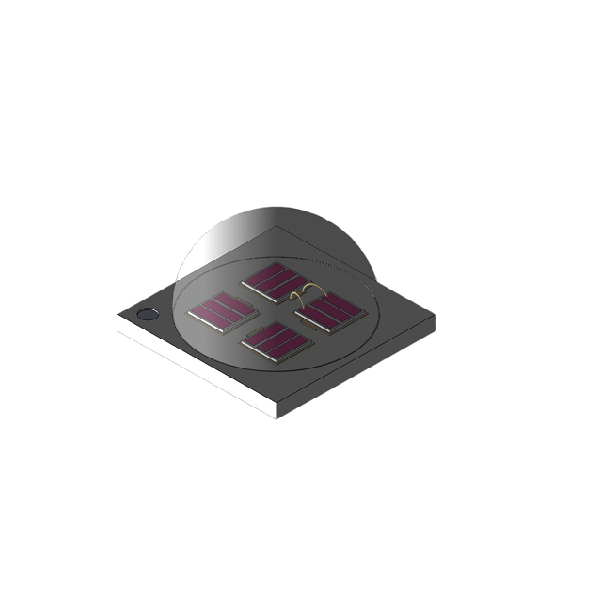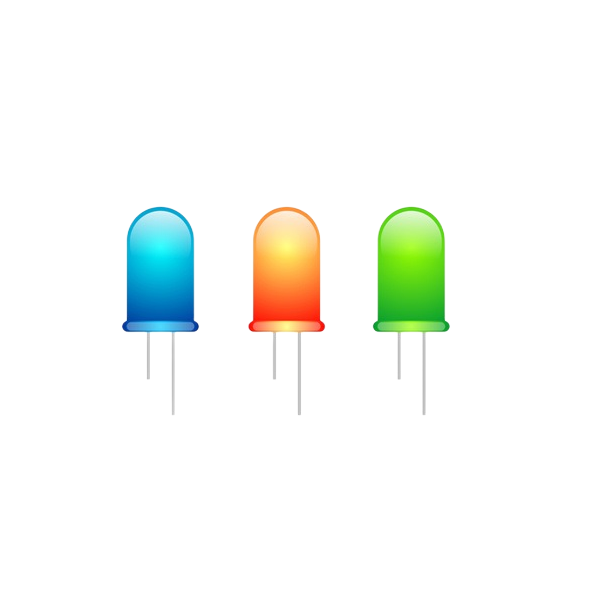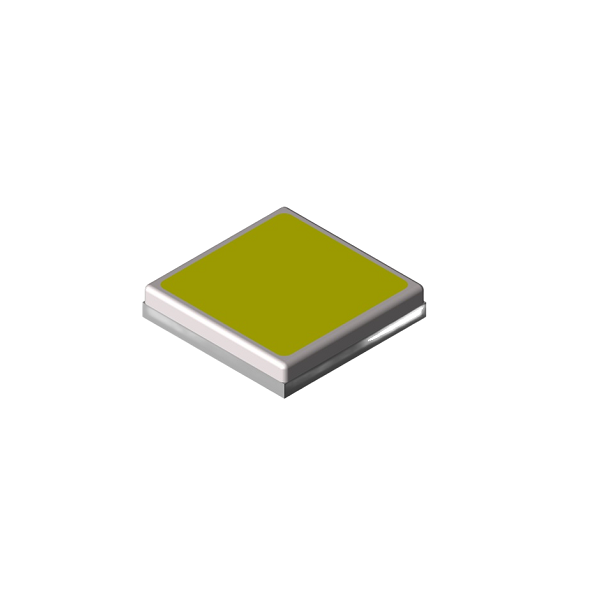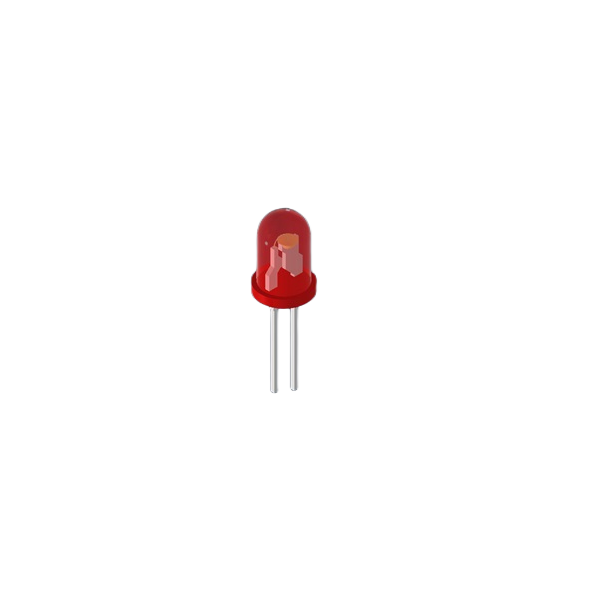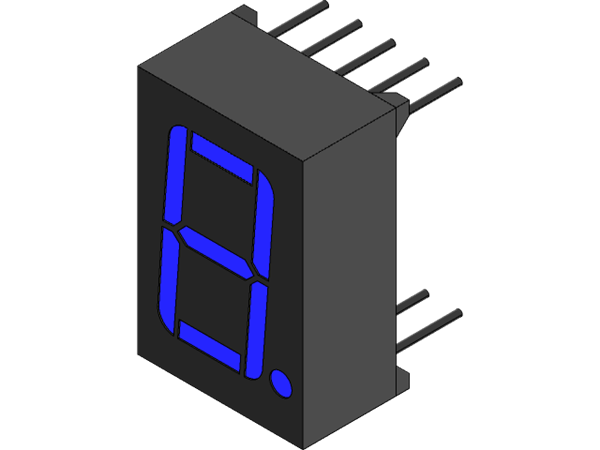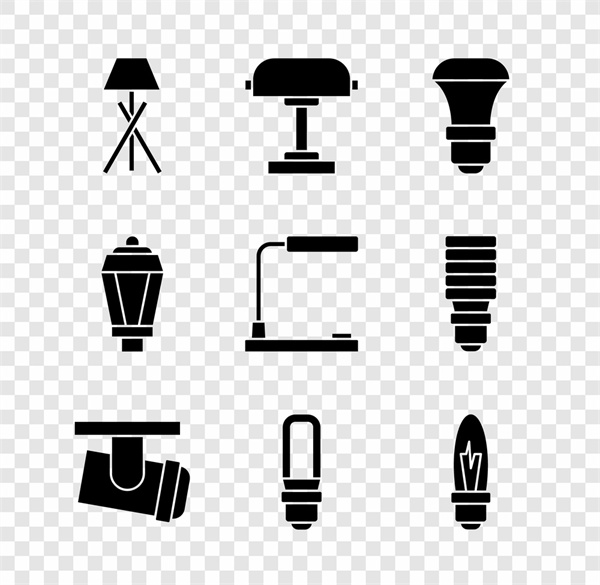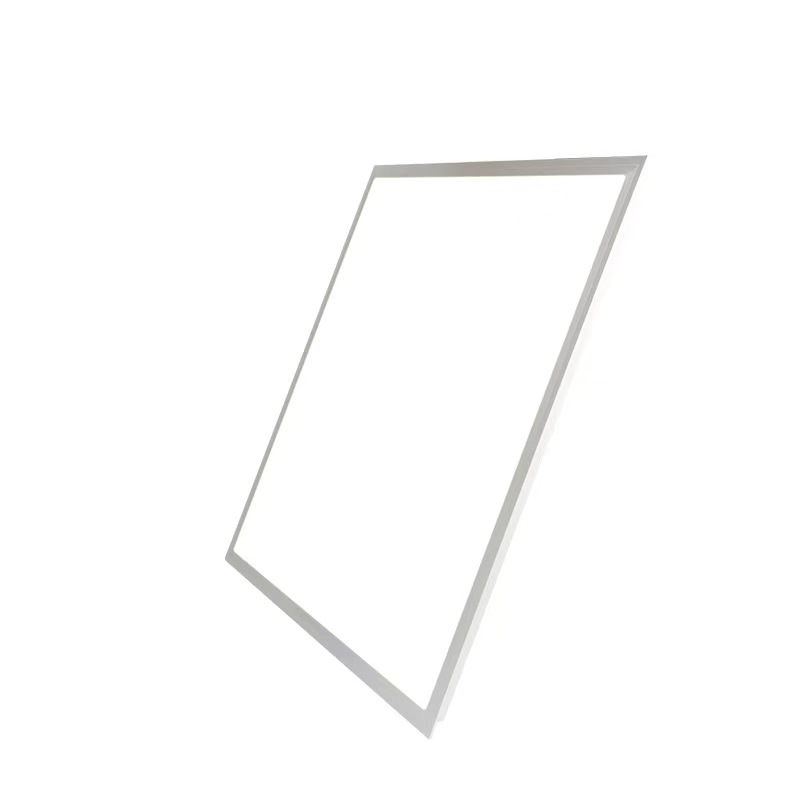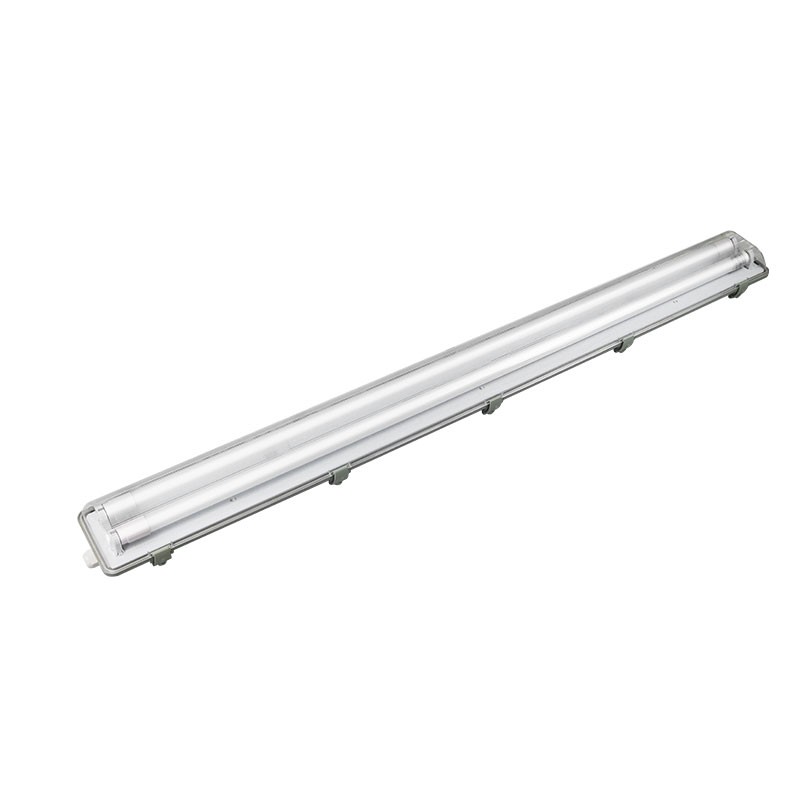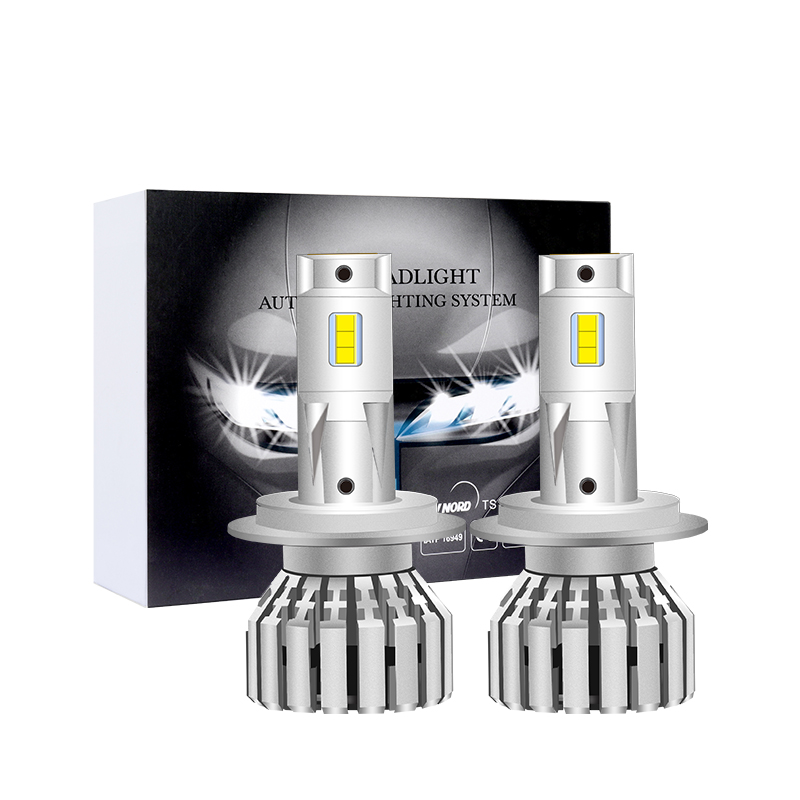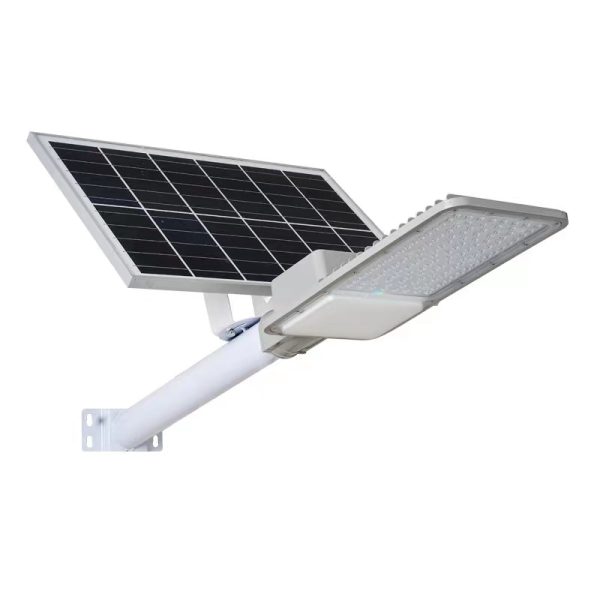A 7-segment display is an electronic device that can be used to display numbers and some letters. Different letters/numbers can be represented by connecting different pins on the display to batteries that turn on the LED in parallel.
A 7-segment display is an older optoelectronic display device primarily used to display letters and numbers. As the name suggests, these displays consist of seven sections that can be switched on and off to display the desired number or letter. Each part of the display is usually a single LED or liquid crystal. These displays are widely used in electronic counters, digital clocks, home appliance displays, simple calculators, automobiles, and various electronic devices that display digital data.
Why are 7-segment displays important?
So it’s all about seven-segment displays, types of seven-segment displays, and how to control the position of a seven-segment display, but seven-segment displays are still a great place to start learning about display technology.
For this reason, common-anode seven-segment displays are very popular because many logic circuits draw more current than they can source. These displays are not a direct circuit replacement for common anode displays as this is the same as connecting the LEDs in reverse so no light emission will occur. According to the displayed decimal number, the corresponding LED group is forward biased. For example, to display the number 0, we need to light up the segments corresponding to the remaining a, b, c, d, e, f. The numbers 0 to 9 can then be displayed with a seven-segment display.
How do 7-segment displays work?
Seven segment display interfaced with Arduino is used to easily display 0 to 9 digits. Therefore, these indicators are mostly used in larger electronic projects such as alarm clocks, object counters, timer circuits, digital clocks, etc.
A 7-segment display with 7 LEDs arranged to display the numbers 0-9. The 7-segment display is connected to the microcontroller like an LED (ie in series with a current limiting resistor). The only difference is that they have 8 pins instead of 2, since each of the 7 LEDs has its own pin as well as a common cathode or anode pin.


